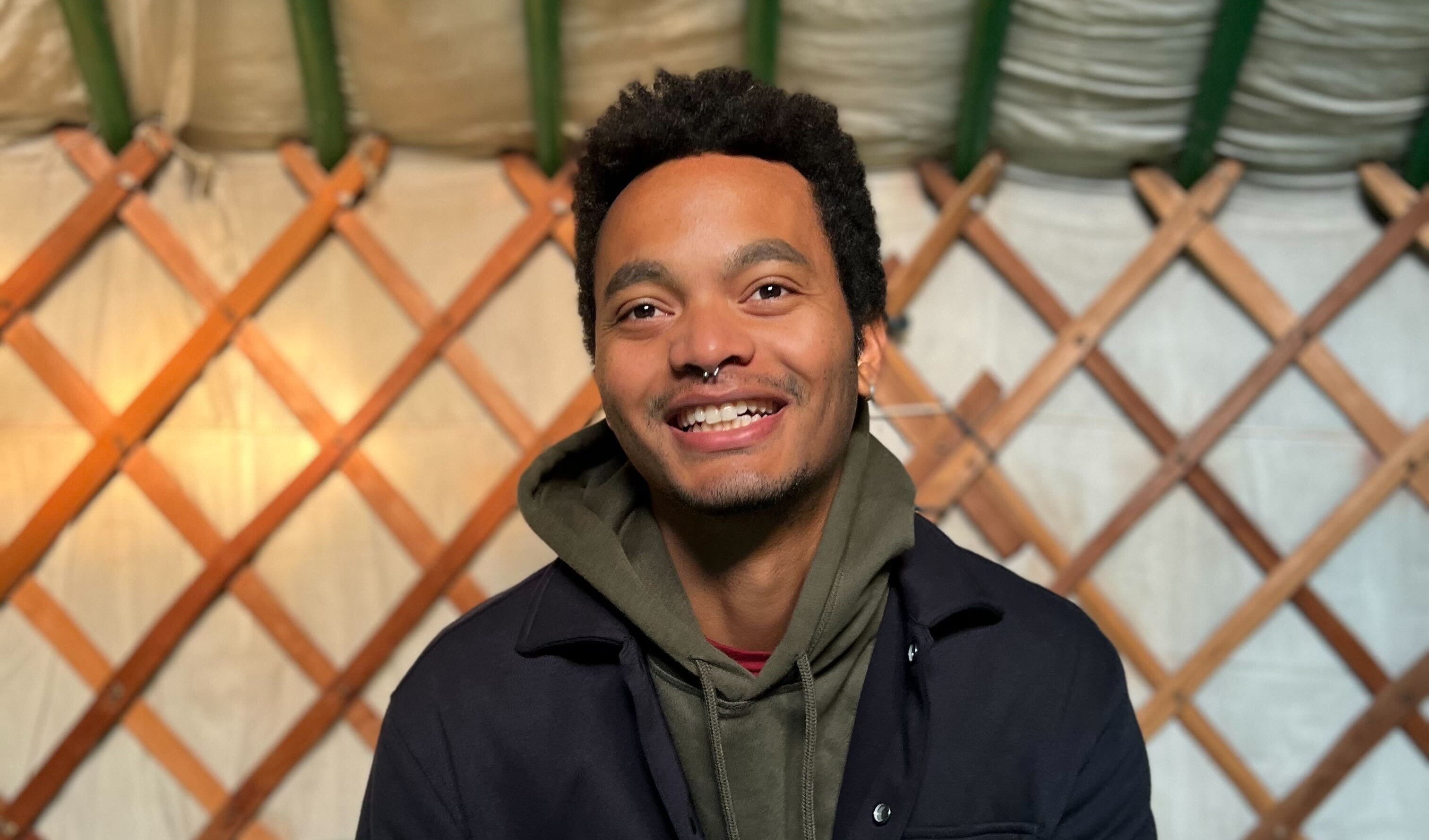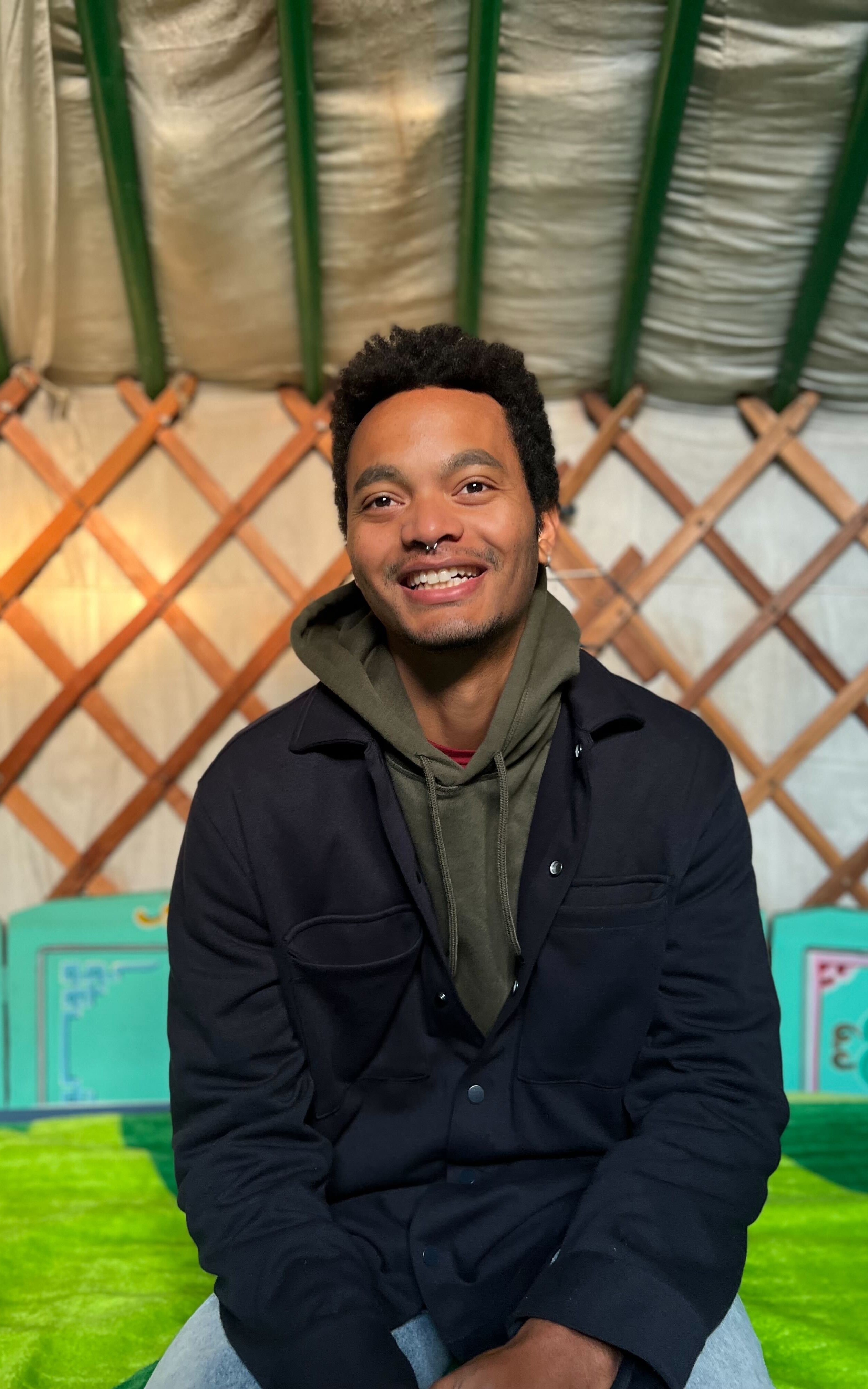[English text below Dutch]
De Cubaanse filmmaker Mario Sergio Alvarez studeerde in 2019 af aan het Instituto Superio de Are in Havana, Cuba. Nadat hij zijn carrière als kunstenaar in Cuba had opgebouwd met verschillende tentoonstellingen, verhuisde hij naar Nederland. Hij heeft bijgedragen aan verschillende tentoonstellingen en is in residentie geweest in Cuba, Frankrijk, Nederland, Paraguay en de Verenigde Staten.
Mario interesseert zich voor de context waarin fenomenen zich voordoen: de context van het thuisgevoel, politieke conflicten en culturele spanningen, bijvoorbeeld. Hierbij focust hij zich vooral op thema’s zoals identiteit, nationaliteit en leefomgeving. Hij kijkt vanuit zijn perspectief naar West-Europese structuren, machtsverhoudingen, tradities en historie en stelt zichzelf en de toeschouwer vragen over culturele vanzelfsprekendheden en gewoontes.
Cuban film maker Mario Sergio Alvarez graduated in 2019 at the Instituto Superio de Are in Havana, Cuba. After building his career as an artist in Cuba with several exhibitions, he moved to the Netherlands. He has contributed to several exhibitions and has had residencies in Cuba, France, the Netherlands, Paraguay and the United States.
Mario is interested in the context in which phenomena occur: the context of feeling at home, political conflicts and cultural tensions, for example. He mainly focuses on themes such as identity, nationality and living environment. He looks at Western European structures, power relations, traditions and history from his perspective and asks himself and the viewer questions about cultural self-evidence and customs.












